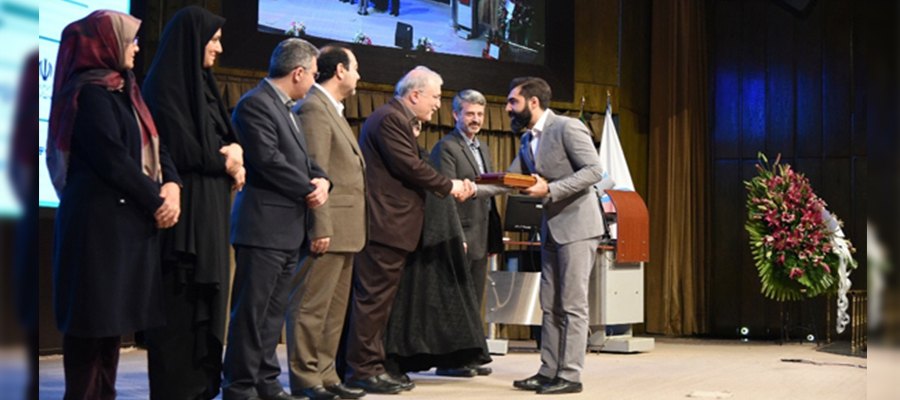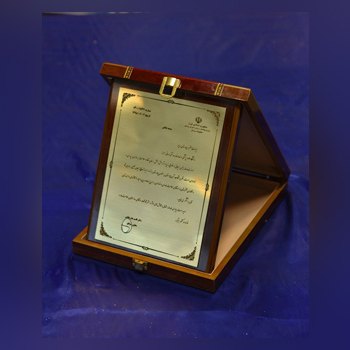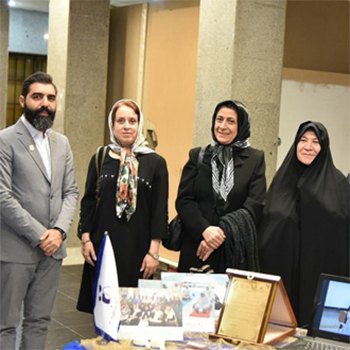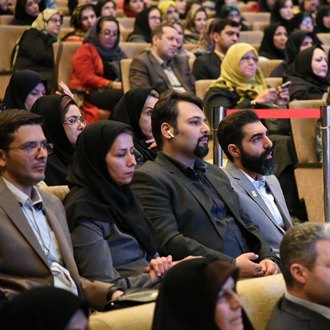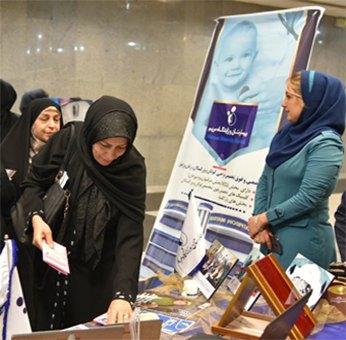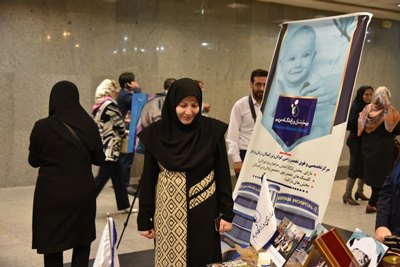A girl without bladder was treated in Maryam Hospital

A girl without bladder was treated in Maryam Hospital
Bladder agenesis, or absence of the bladder, considered as a very rare congenital anomaly. Because of this problem, the bladder does not form in the baby’s body. One in every 600,000 newborns has bladder agenesis. Failure to form a bladder will often be associated with a wide range of other abnormalities of the body’s system.
This rare disease is known as congenital malformations, in fact, the bladder is not formed in the patient’s body, which is the pediatric surgeon’s job to deal with this problem.
The infant born with a bladder malfunction has both kidneys and ureters, but the ureters in the infants attached to the vagina and urine exits involuntarily. In this case, the baby needs to be constantly protected with a diaper.
Protecting a baby with a diaper will last a lifetime unless the child undergoes bladder surgery. Bladder surgery was one of the most difficult pediatric surgeries.
There have been several cases at Maryam Hospital so far and it has been published in the magazines, websites, and news.
The vast majority of these babies are females. If this operation does not perform on children, they will always have urinary incontinence and recurrent infections for the rest of their lives.
When these babies are born, their urine is discharged into the womb, born alive, and often females. In some cases, prenatal ultrasound does not show some genital malformations.
Bladder development usually occurs at 5 to 7 weeks of gestation and fetal development leads to these complicated conditions.
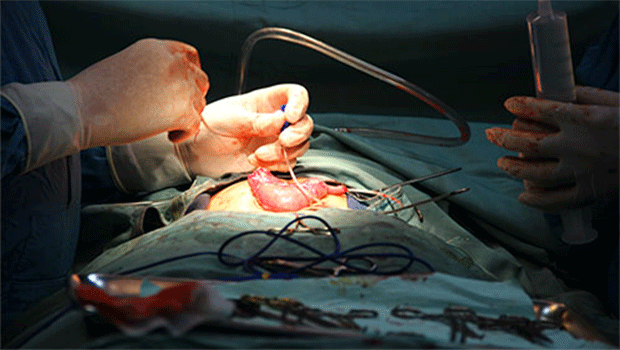
The cause of bladder agenesis is most commonly attributed to sinusoidal injury in the fifth to seventh weeks of pregnancy. Most of these babies will be the result of healthy pregnancies and natural childbirth, even in many cases, they have completely healthy siblings, but in most cases, the causes of the malformations are unknown.
In addition to this problem, other related abnormalities affect other urinary organs, the skeletal system, and the child’s nervous system.
The main purpose of treating this disorder is to maintain kidney function because infants and children with bladder agenesis are usually suffering from severe urinary tract infections and may suffer from acute renal failure and dehydration.
Like other operations, it takes a while for the bladder to function properly.
This process continues until the muscles around the bladder become stronger. Recovery lasts from three to six months, although it is normal for up to one year, and lifelong follow-up after child bladder surgery is required.
The outcome of surgery, which is one of the rare and special surgeries in the world and has been performed in Iran by Dr. Salahaddin Delshad several times, largely depends on the age of the patient and the extent of the abnormality.
Most cases reported have been infants and children, and so far, only one adult with 22 years of age has reported this problem. The disease is more consistent with the anatomy of the female genital system and can pass through the uterus and vagina, which is completely Involuntary.
Unlike girl babies, boys who are born with this problem often die at the very beginning of birth because the urine is returned to the kidneys and it causes that they are born premature or dead.
Unless a pediatric surgeon performs a pediatric surgery at the beginning of the birth and the urethra will be connected to the bowel.
After this procedure, the patient will usually be hospitalized for about ten days at the discretion of the doctor. Oral nutrition usually begins on the fifth day after surgery.
Because of its rarity, it requires special advanced equipment that we have provided at Maryam Hospital in Alborz province.
The last operation was carried out on Monday, September 2, 2019, for a 5 years old child from Kermanshah.
The procedure was performed using the first part of the large bowel (cecum) and part of the forearm colon and was created using the appendix of the bladder and the volume of the bladder was 90 CC.
The child was relieved of urinary incontinence with this operation. This procedure took about 7 hours by partial bowel transplantation.
In cases of abnormalities of the urine, these surgeries can expose the main arteries during surgery and lead to major postoperative complications, such as internal bleeding. Therefore, the evaluation of vascular anatomy in these patients before surgery can greatly prevent such complications.
The diagnosis in childhood and even infancy is very important. Planning for reconstruction surgery early in the baby’s birth as well as consulting with parents is vital.
Early diagnosis and intervention can prevent or delay the progression and chronicity of the kidney disease of the child. Recommended for early definitive MRI diagnosis.
Result
Bladder agenesis is a rare congenital disease that can be associated with numerous malformations. Early diagnosis and treatment intervention can prevent the progression of chronic kidney disease.



